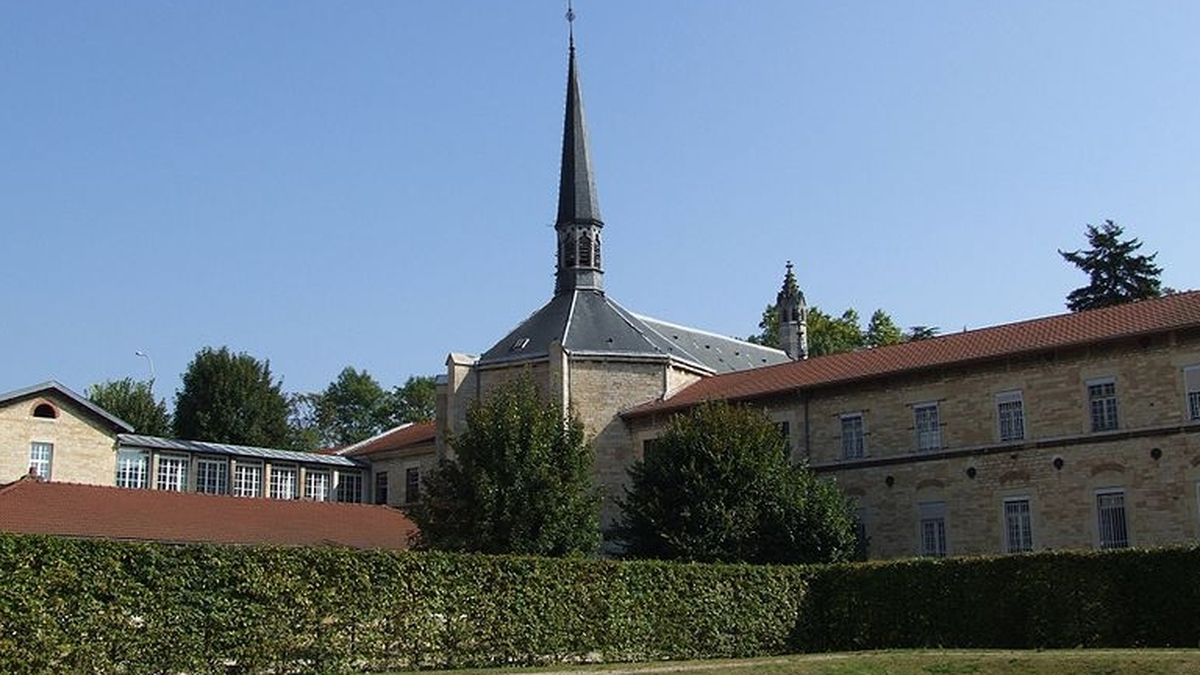 The charterhouse | ©Christophe.Finot / CC-BY-SA
The charterhouse | ©Christophe.Finot / CC-BY-SAIn 1378, duke of Burgundy Philip the Bold owned the land of Champmol, near Dijon, in order to build a Charterhouse: soon 24 monks and a prior moved in and a church was raised: the first stone was laid down in August 1383 by duchess Margaret and her son, the future John the Fearless.
The duke hired king Charles V's architect, Drouet de Dammartin (he raised the Louvre in Paris). This one came with workers and materials from Burgundy, Paris, Ile-de-France and even... Holland!
Look here, I came across a strange building, in the middle of the courtyard! A well... In April 1395, Philip the Bold raised a well in his Charterhouse, crowned by a calvary, flanked by statues of Moses and David.
In June 1399, the calvary was completed. Claus Sluter, Claus de Werve designed the sculptures, painted by Jean Malouel. A goldsmith from Dijon, Hannequin de Hacht, made a diadem for Magdalene and glasses for saint Jeremy!
Anyway... In 1388, the Charterhouse was completed. On May 24th, Pierre d'Arcis, bishop of Troyes, dedicated the church.
They rebuilt buildings in the 18th century. In May 1791, Emmanuel Cretet, deputy of States General, owned the place: guess what?
The chap demolished the church (except the portal and the oratory's staircase) and transformed the Charterhouse into a quiet cottage. In 1833, the departement bought the place and a brand new church was re-raised next to the old portal.
